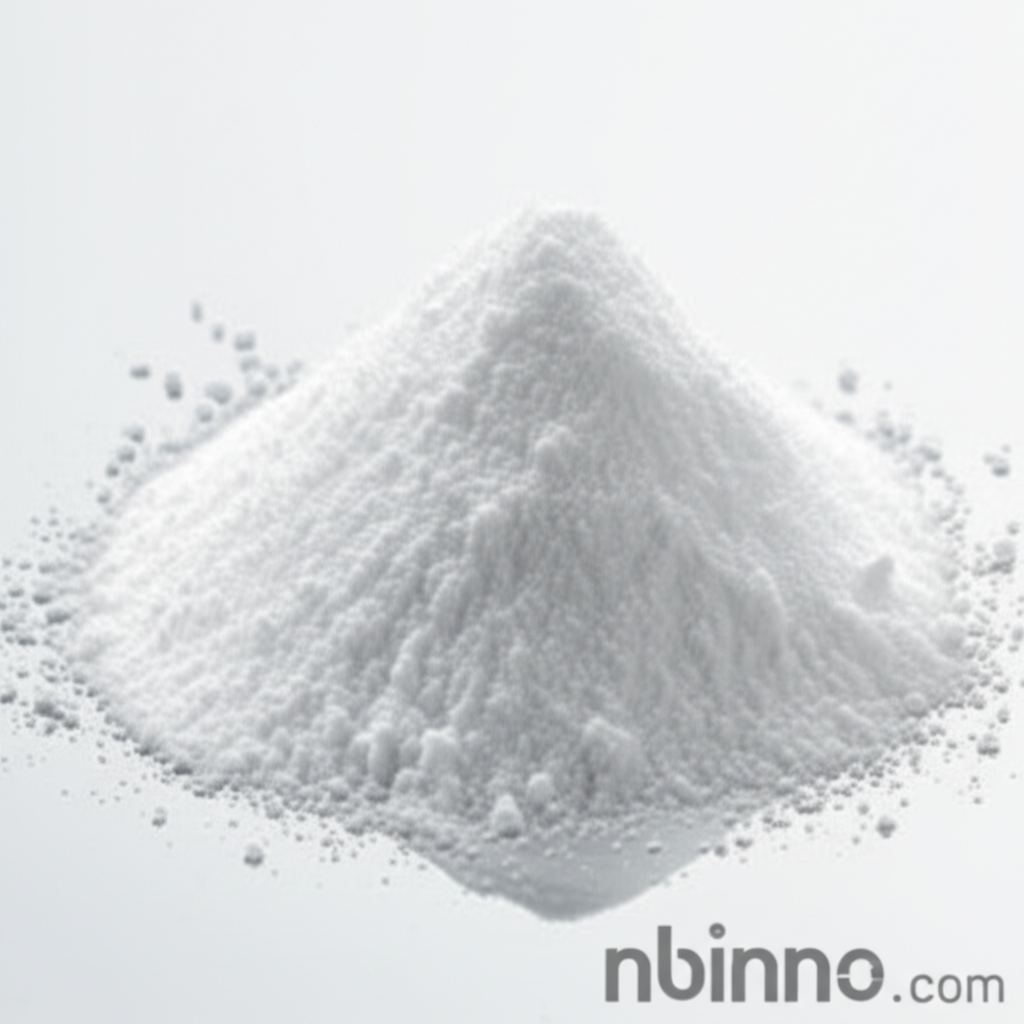Understanding Polymyxin B Sulfate: Efficacy Against Resistant Bacteria
Explore the critical role of Polymyxin B Sulfate in combating severe Gram-negative bacterial infections.
Learn MoreCore Value of Polymyxin B Sulfate

Polymyxin B Sulfate for Gram-Negative Infections
Polymyxin B Sulfate is a vital antibiotic primarily used to treat severe infections caused by Gram-negative bacteria, especially those resistant to other treatments. Its unique mechanism of action makes it a last resort for many critical conditions.
- Fight severe Gram-negative infections like those caused by Pseudomonas aeruginosa with the potent action of Polymyxin B Sulfate.
- Understand the polymyxin b sulfate mechanism of action which disrupts bacterial cell membranes, leading to cell death.
- Explore polymyxin b sulfate topical application for localized infections of the skin, eyes, and ears, offering targeted treatment.
- Learn about polymyxin b sulfate drug resistance and the strategies to mitigate it for sustained efficacy.
Key Advantages of Polymyxin B Sulfate
Broad Spectrum Against Gram-Negative Bacteria
Polymyxin B Sulfate is highly effective against a range of Gram-negative bacteria, including challenging strains like Pseudomonas aeruginosa, making it indispensable in treating difficult infections.
Essential for Multidrug-Resistant Organisms
In an era of increasing antibiotic resistance, Polymyxin B Sulfate remains a crucial option when other antibiotics have failed, offering a last line of defense.
Versatile Administration Routes
Whether administered intravenously for systemic infections or topically for localized issues, Polymyxin B Sulfate offers flexibility in treatment approaches, aligning with diverse clinical needs.
Key Applications
Severe Bacterial Infections
Treating critical infections such as meningitis, pneumonia, and sepsis, where Gram-negative bacteria are the causative agents.
Ophthalmic and Otic Treatments
Used in eye drops and ear drops for infections affecting the eyes and ears, providing targeted antimicrobial action.
Topical Dermatological Use
Applied to the skin as ointments or creams to manage bacterial skin infections and prevent secondary infections in wounds.
Urinary Tract Infections
Effective in treating urinary tract infections caused by susceptible Gram-negative bacteria, particularly Pseudomonas aeruginosa.
